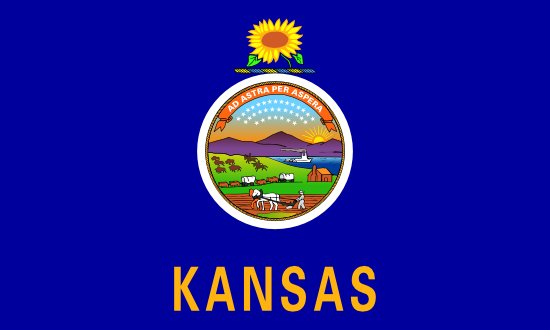
Olathe
- County:
- Johnson County
- County Seat:
- Yes
- Area (mi²):
- 64.669
- State:
- Kansas
Olathe is a city located in Johnson County, Kansas. Olathe has a 2025 population of 149,035 . It is also the county seat of Johnson County . Olathe is currently growing at a rate of 1.28% annually and its population has increased by 5.28% since the most recent census, which recorded a population of 141,560 in 2020.
The median household income in Olathe is $112,232 with a poverty rate of 5.59%. The median age in Olathe is 36.6 years: 35.7 years for males, and 37.4 years for females. For every 100 females there are 100.1 males.